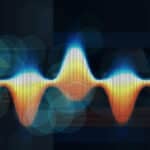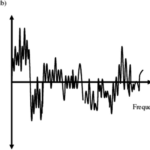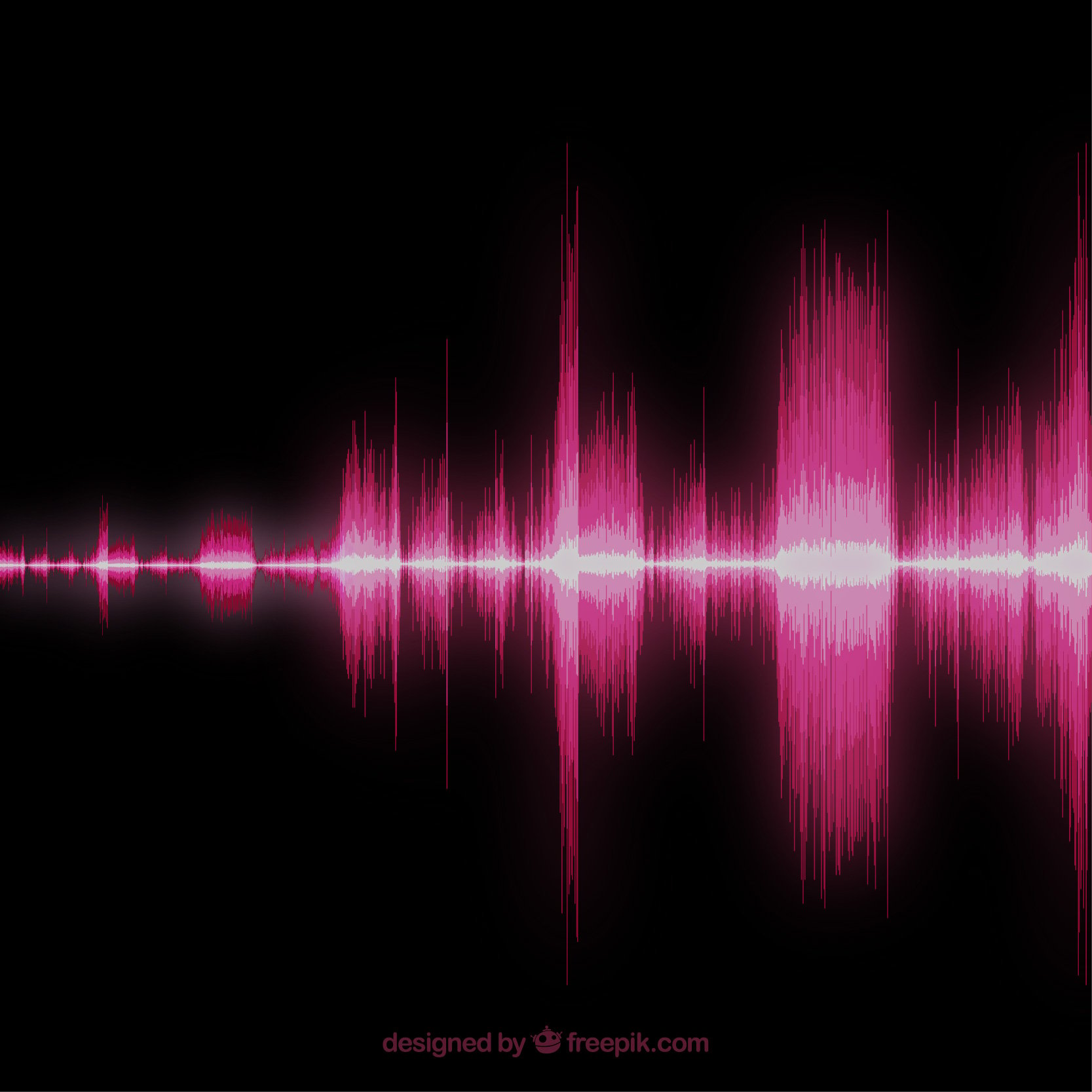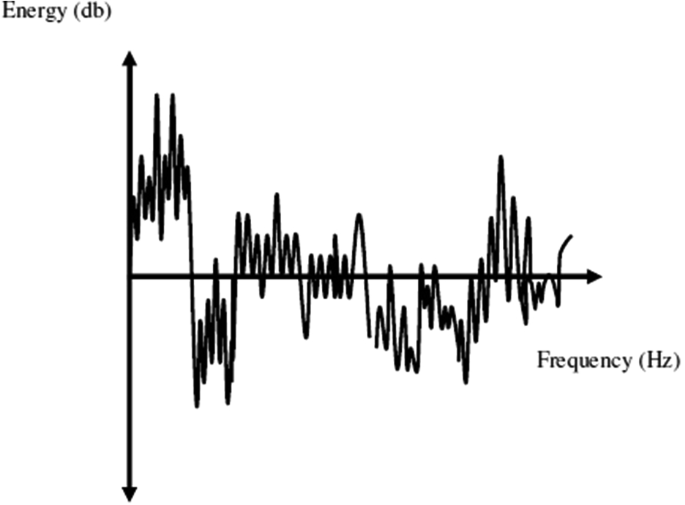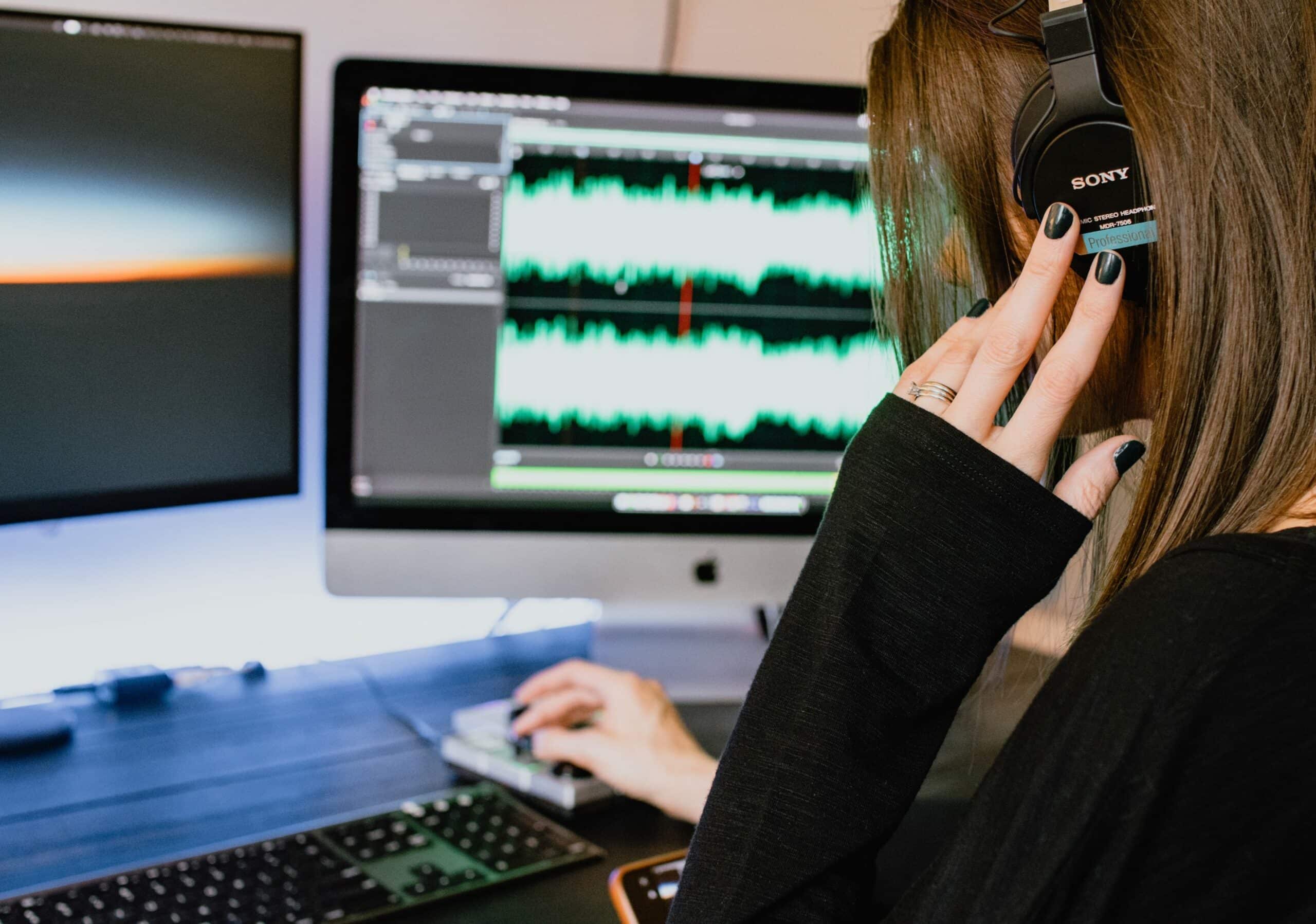If there’s one thing that is essential to the production of any media, it’s audio. Whether it’s a podcast, a YouTube video, a film, or an advertisement, audio provides the backbone allowing our stories to take shape and for us to communicate our messages with precision and clarity. While audio has always been a powerful tool for media producers, with the rise of audio forensics we can now unlock even more potential.
Audio forensics is the process of examining audio recordings and extracting relevant information, such as words, sounds, and events. By leveraging the advances in technology and techniques, audio forensics can raise the quality and accuracy of any media production. In this blog post, we’ll delve into the power of audio forensics and how it can be used to enhance media production. Learn more about a recording device perfect for the car.
Quick Overview
Audio forensics plays an important role in media production, providing a tool for analyzing sound recordings for authenticity and truth. It can be used to detect quality issues, remove background noise and create an improved sound design for production.
Audio Forensics and its Uses

In recent years, the use of audio forensics in media production has grown exponentially. Audio forensics is a science that offers precise, detailed analysis and measurements of sound-related evidence. It is often used by law enforcement, private investigators, and media producers for a range of purposes such as analyzing recorded conversations where criminal activity is suspected, as well as examining media evidence to ensure that it conveys the intended message accurately.
Audio forensics brings several benefits to the table. As an investigative tool, audio forensics can help identify voices with clarity and provide accurate tracking of characters in text-based productions. It also can measure volume levels to meet broadcast requirements or highlight when excess noise has been present in the source material. Additionally, through the use of advanced software programs, audio forensic experts can track musical nuances, such as changes in pitch and tempo. These tools allow them to accurately reconstruct vocal recordings with high levels of accuracy and clarity.
However, some believe that audio forensics overcomplicates the production process due to its time-consuming measures that require extensive review. Furthermore, critics suggest that overly investing in this technology may limit a producer’s creativity since the results are so precise that there’s no room for outside interpretation or opinion.
Good use of audio forensics is necessary for any media production that requires precise detail from soundtrack recordings and other sound elements. The process can be lengthy but can ultimately be viewed as beneficial as it helps enforce clear audio representation and negate any potential conflicts from distorted data. With that said, let’s move on to explore how this process of audio forensics analysis works in practice within media production.
Key Takeaways
Audio Forensics is a process used by law enforcement, private investigators, and media producers to gain detailed insight into audio recordings. It is beneficial in helping achieve accuracy and clarity to characters in text-based productions as well as tracking musical nuances such as changes in pitch and tempo. However, it can be time-consuming and limit a producer’s creativity, so it should be used strategically in media production.
Process of Analysis
The process of audio forensics analysis is highly dependent on the specific need and skill set of the media producer. The two main tasks in audio forensics are identifying and authenticating recordings, both of which rely heavily on the expertise of an audio forensics analyst. Identifying a recording is extremely important for media producers as it allows them to determine the source and authenticity of audio documents. Authentication requires playback equipment and specialized software that only an experienced audio forensic analyst can provide.
When analyzing an audio document, a forensic scientist will first review the provenance of the recording – this includes checking for any tampering or alteration that may have been done to it prior to being submitted for investigation. They also verify if there is a consistent pattern in its metadata that could be used to authenticate it as a genuine recording. By reviewing the findings, they can then use this information to check if any post-processing activities have taken place and if they have been done according to industry standards.
There has been some debate over how much weight should be given to digital evidence. Critics claim that audio forensics analysis is too unreliable due to digital manipulation techniques that can be used to alter an original recording without detection. On the other hand, proponents maintain that authentic recordings can survive even through digital alteration, especially when data comparisons are conducted between multiple sources. Audio forensic analysts must be aware of these debates as they seek out accurate results in their work with media production.
At its core, audio forensics analysis requires a keen eye for detail and an understanding of the technology involved in order to properly identify and authenticate recordings. The process provides valuable insight for media producers by verifying the authenticity of their recorded documents and allows them peace of mind when moving forward with productions. In the next section, we will look at how media producers can ensure they are gathering enough evidence when preparing for their own audio forensics analysis journey.
Gathering Evidence
When it comes to audio forensics, the gathering of evidence is paramount. Through the use of advanced technologies, trained professionals can work quickly and accurately to obtain the data necessary for a successful case. These methods include audio enhancement, filtering, signal processing, sound reinforcement, and digital signal processing (DSP) techniques.
The primary goal of evidence gathering is to accurately map out the evidence in question. This ensures that all pertinent information is collected and the forensic process not be hindered by incorrect data or any other issues. Once gathered, all files must be stored securely with restricted access controls in order to ensure proper preservation and admissibility in court.
On one side of the argument, many proponents of audio forensics believe that the more data that can be collected in an investigation increases the accuracy of analysis and ultimately produces better results. However, there are some potential drawbacks as well such as cost, storage requirements, time constraints, and accidental destruction of evidence.
On the other hand, detractors argue that too much data can lead to confusion or obfuscate the facts of a case rather than help clarify them. They also claim that traditional investigative techniques such as interviews or fieldwork could be overlooked in favor of high-tech forensic technology which may come with its own set of limitations.
No matter what side you are on however, it is essential that due diligence be exercised when collecting and storing evidence in any given investigation while taking into account any legal considerations when applicable. With these approaches implemented properly, audio forensics has the potential to yield valuable insights into media production cases.
With this knowledge in mind now is a perfect time to move on to discussing quality analysis; how should a forensic analyst approach an analysis of audio files?
Quality Analysis
Quality analysis is an essential component of successful audio forensics in media production. To ensure accurate evidence, it is necessary to properly evaluate the strength and clarity of any audio material. This can help uncover important characteristics in the audio that had to this point been overlooked or ignored. While on its surface quality analysis may appear straightforward, there is an art and science behind accurately assessing sound recordings.
An effective technique for evaluating audio quality is measuring certain acoustic parameters using a specialized spectrogram. Such parameters might include basic measures like peak level and RMS Level as well as more advanced measures such as frequency response, harmonic distortion, etc. Another popular approach is to employ noise-level filtering techniques or reduction tools to provide clearer playback of the acoustic data. Results from these techniques can then be compared with accepted standards or with results from other sources.
Advocates for these methods highlight the superior accuracy of their analyses and robustness of their strategies over more traditional approaches, while detractors have argued that employing sophisticated algorithms can make evidence unreliable in some cases. Nevertheless, testing protocols should always be customized depending on the needs of individual cases and performed with caution to preserve the integrity of the findings.
Quality analysis is an essential part of unlocking powerful insights from audio recordings in media production and should not be overlooked. By leveraging modern measurement tools, producers can better assess their sound products and improve the accuracy of their final output. The next section will discuss digital forensic analysis: a powerful technique for extracting information from recordings that were previously difficult or impossible to uncover manually.
Digital Forensic Analysis

Digital forensic analysis is an invaluable tool for media production, as it has immense potential when it comes to uncovering digital evidence and providing valuable information. Digital forensics involves the recovery and analysis of data stored on digital devices such as computers, phones, and hard drives. It can be used for a variety of purposes, from criminal investigations to retrieving lost or deleted files. In media production, digital forensic analysis can provide invaluable information about the source of audio recordings, who was involved in the production process, and any other related details.
There is a debate over the use of digital forensic analysis in media production. Critics argue that this type of analysis can be intrusive and unethical, especially when it comes to journalists using it to gain access to personal information. On the other hand, supporters believe that these techniques are necessary due to the increasingly digitized environment we live in and believe that digital forensics can be used responsibly to generate useful results. While the debate continues, digital forensic analysis remains an important tool that should be considered whenever researching media productions.
The next section will explore how audio forensics can be applied within media production and the benefits of utilizing these techniques.
Media Production
Audio Forensics in Media Production has great potential to drastically improve the media production process. Audio forensics can be applied to any audio file, allowing for a layer of security and accuracy that was not always available with traditional audio manipulation processes. Audio forensics provides an opportunity to investigate sound recordings and identify the source of any anomalies or irregularities discovered within a piece of music. Furthermore, this technique can be used to accurately identify and remove background noises or distortions from a track. This can result in an improved overall quality when compared to its original form, as it eliminates unwanted elements that are often difficult to otherwise remove using traditional production techniques.
Proponents of this sesrvice also argue that this strategy can provide creators with greater creative control over the content they produce. By utilizing the precision offered by audio forensics, they are able to manipulate any element of their mix without fear of sounding unnatural or distorted. Additionally, once established, the audio forensic process can provide reliable consistency across multiple projects and save time during production since elements do not need to be re-created every time.
However, detractors point out that there are certain scenarios where audio forensics may be both unnecessary and overly expensive for a given project. Many types of background noise are already being handled well in other industries through conventional audio filtering, limiting the need for forensically accurate tools in all applications. Opponents also suggest that the audible differences between regular filters and forensic processing is minimal, making it hard to justify such significant financial investments into manipulating sounds at extremely microscopic levels.
In conclusion, this can certainly offer useful benefits for specific media production scenarios. While debates still remain over its worth and value in certain cases, what becomes increasingly clear with each passing year is its capability to offer unprecedented power and accuracy within sound recording manipulation processes. Moving forward, we will continue to explore how exactly audio restoration & enhancement can further unlock the full potential of this powerful toolset.
Audio Restoring & Enhancement
Audio restoration and enhancement is a valuable tools for media production. It allows for the cleaning up of poor-quality audio, creating a more defined soundscape that can add clarity to the overall project. It also provides techniques to make recordings louder and improve their overall audio balance.
When audio restoration and enhancement is used correctly, it can drastically improve the quality of an audio track. It can take a muffled recording and enhance its sonic capabilities, making it sharper and more clearly distinguishable from other sounds. Depending on the software used, audio restoration and enhancement can be utilized at an acceptable level that does not significantly alter the original sound.
However, improperly using these techniques can have detrimental effects on recorded audio. It may do more harm than good by introducing unnatural artifacts or ticking sounds due to too much processing or erroneously applied filters. Even slight increases in volume through peak normalization may introduce clipping artifacts, negatively affecting the overall quality of the audio track.
Thus, when dealing with audio restoration and enhancement, one must always maintain a moderate level of caution and restraint while dialing any parameters or adding certain effects. Although there are many deep layers to process and clean up the contaminated sound, it is important to maintain the structural detail of the original performance.
It is clear that audio restoration and enhancement tools have many benefits when employed properly in media production. Next, we will explore how they offer some unique benefits specifically in regard to forensics media production scenarios.
The following section will discuss the various benefits of utilizing audio forensics in media production scenarios.
Benefits in Media Production
Audio forensics has many distinct advantages for media production professionals. The ability to detect, isolate, and analyze small clues in audio recordings can be extremely beneficial for producers looking to perfect a sound mix or add a unique flavor to the audio landscape. Audio forensics can also be used to make sure that the sound in a recording is accurate and of high-quality so that viewers will experience it as intended.
The benefits of audio forensics extend beyond mere accuracy and fidelity – it can provide pieces of information with which creators can make creative decisions. By analyzing sounds within a recording, an expertly trained technician can ascertain nuances such as background noise, dynamic range, and other essential elements that lend authenticity to a production. This means that audio forensic experts can help producers create mixes that are close to what audiences would have experienced at the original event or performance being recorded.
On the other side of the debate, however, some argue that additional steps in post-production are often unnecessary and time-consuming. While it is true that these processes can take some extra effort (and therefore money) from both sides of the equation—client and producer—the rewards gained from high-fidelity audio production can ultimately be immense for a successful project. These benefits include trust from clients when they believe their recordings are accurately represented, lifelong fans who enjoy the experience of listening to high-quality audio, and positive reviews from people who feel like their music was accurately and respectfully portrayed. Clearly, there are advantages to utilizing skilled methods in post-production audio which is why many producers swear by using audio forensics for professional media production work.
Given these advantages, it’s clear why having access to a professional audio forensic expert is valuable in any media project. The next section will delve into the qualifications one should look for in a professional audio forensic expert to ensure only the most competent workers are working on your productions.
Qualifications of a Professional Expert
When it comes to unlocking the power of audio forensics in media production, having a qualified professional on hand is essential. An audio forensic expert is responsible for collecting and analyzing evidence related to sound recordings used in a particular production. This means they must be well-versed in handling technology, equipment, and software specifically designed for recording, enhancing, analyzing, and presenting audio data.
The specific qualifications of an audio forensic expert vary depending on the type of project being undertaken. Generally speaking, an expert should possess scientific knowledge related to acoustics and digital recording, as well as experience with advanced methods for preserving and recovering digital evidence. They should also have an understanding of legal processes related to forensic chemistry and audio evidence collection. Additionally, a strong technical background in mathematics and engineering principles is often beneficial.
At the same time, there are many aspects of forensic work that require more than technical competence – such as interpersonal skills and deductive reasoning capabilities. As such, having excellent communication skills, logical thinking ability and problem-solving aptitude are all qualities that make an individual qualified as an audio forensic expert. Additionally, since media projects tend to involve sensitive material that requires secure handling procedures from start to finish; discretion and reliability are two key attributes for anyone hoping to become an expert in this field.
Ultimately, regardless of any technical qualifications or specialized understanding that an individual may possess, it is imperative that those who wish to pursue a career in audio forensics demonstrate the maturity, efficiency, and independence needed to effectively carry out their roles. In essence, these qualities showcase their true commitment to their craft – which is why many employers favor individuals who can prove their dedication through relevant qualifications or certifications like Audio Engineering Society (AES) certification or similar programs.
- Audio forensics has been found to be increasingly useful in helping to determine the authenticity and quality of a variety of sound recordings, including verbal recordings such as interviews and telephone conversations.
- According to a 2019 study, audio forensics can be used to clarify whether noise or other artifacts in audio recordings are caused by a technical source or intentional manipulation.
- In 2020, the research found that audio forensics can be used to identify individual speakers even when background noise is present, providing accurate voice recognition for security purposes.
Frequently Asked Questions and Explanations
What technical challenges arise when using this service in media production?
Audio forensics in media production can present a number of technical challenges. For example, the audio source materials may be degraded, distorted, or have background noise that must be addressed while still preserving the good content. Additionally, the recording device or microphone may have significant differences compared to the final output such as audio clipping due to overmodulation or inadequate gain settings. Finally, when dealing with digitized sound files, there is always a risk of data corruption and for this reason, it is important to employ redundant backups and duplication processes. All of these technical issues need to be properly addressed in order to accurately rebuild and restore any poorly recorded audio material.
How does it affect media production?
Audio forensics can have a major impact on media production. In audio forensics, specialists examine audio recordings to identify and extract relevant information—such as sounds, voices, and environmental factors—that can be used in a variety of legal contexts. In media production, this type of analysis can help producers and post-production professionals better understand sound effects, dialogue, and other audio elements that are integral to their projects. This can include analyzing existing recordings to edit together sound effects for scores or to enhance the audio quality of dialogue and foley effects. Audio forensics can also help alert producers to any potential copyright issues they may be facing with the use of certain sounds and samples. Being able to properly identify and legally source these materials will save time and money in the long run. Furthermore, audio forensics can provide insight into a variety of topics that are sensitive in nature or involve difficult conversations, such as sexual harassment or workplace discrimination. Having professionals who know how to isolate and understand the information contained within an audio recording can help ensure that media production occurs in a way that is respectful to all involved.
What are the benefits of using this sesrvice for media production?
The benefits of using audio forensics for media production are numerous. First, audio forensics can detect and correct errors in audio recordings or post-production mixes, giving the listener an improved listening experience. With this level of accuracy, audio forensics can also uncover hidden sound elements that are otherwise impossible to hear, allowing for more creative exploration during the mixing process. Additionally, it can be used to identify stereo imaging issues and reduce background noise, resulting in a more balanced soundscape. Lastly, it can provide insight into aspects from a source recording like frequency balance and timbre changes, which can be beneficial for sound design. In short, audio forensics is an effective tool for ensuring top-notch audio quality in media production.






